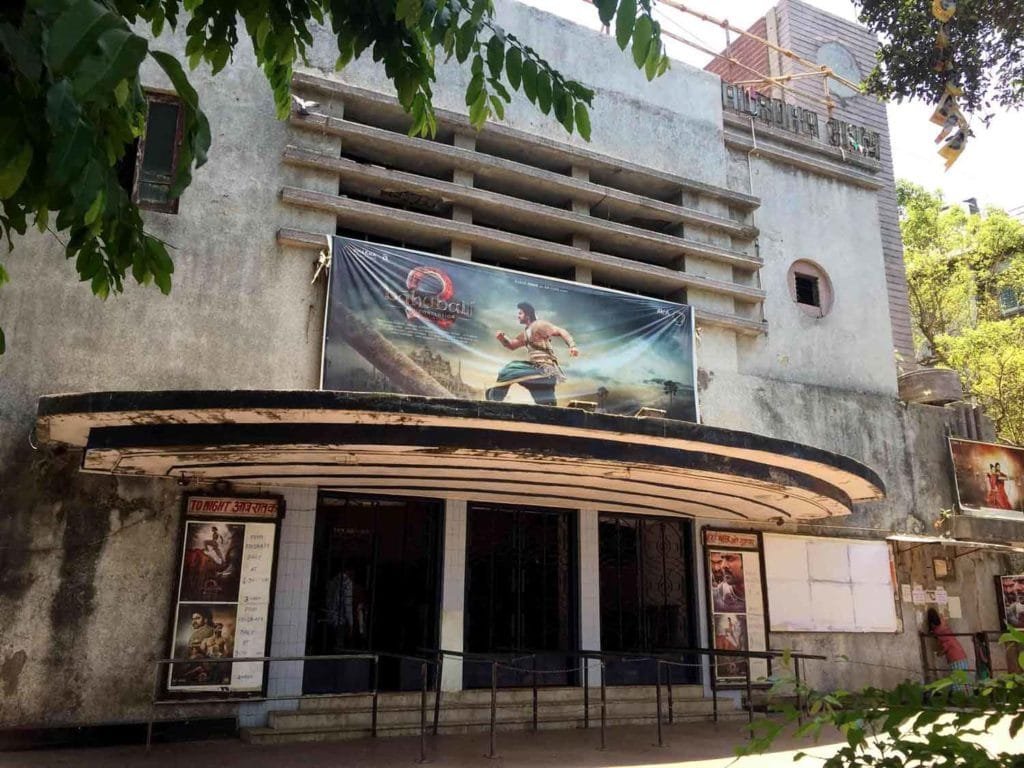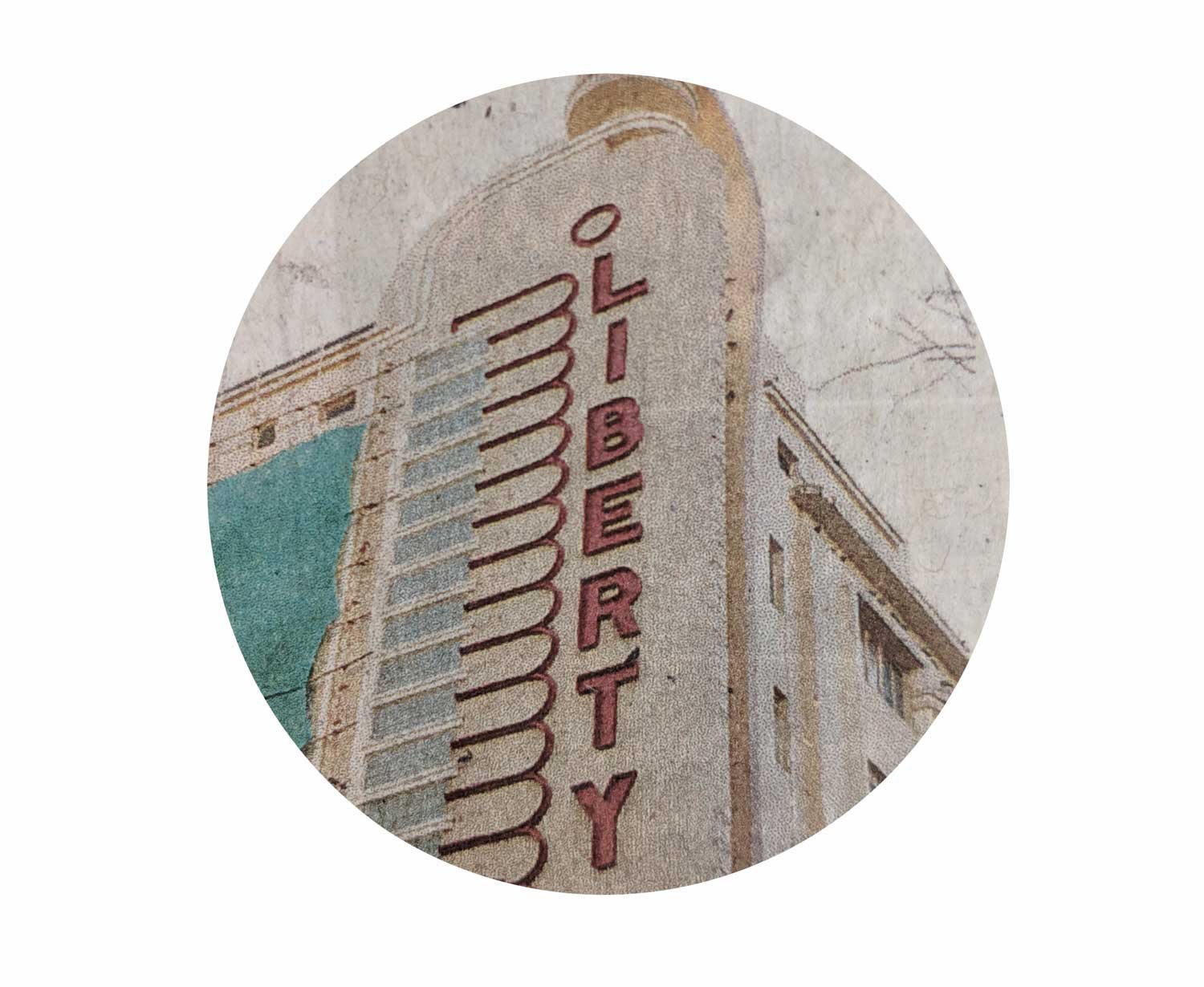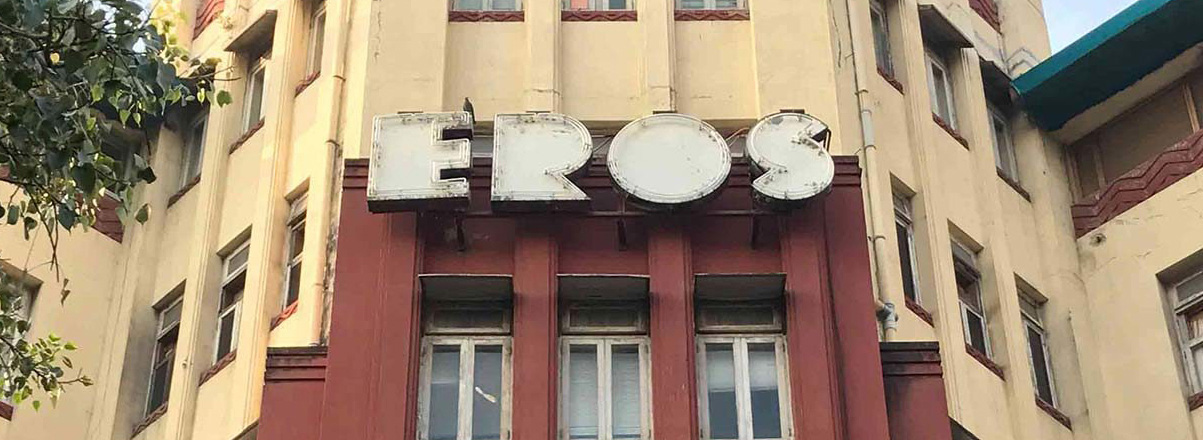Tax-ridden cinema halls cry for help
“Time cures all”. “That is inevitable”. “It is an emotional loss for sure”.
Burge Cooper may sound like a trite consoler at a neighbour’s funeral when talking about the looming shutdown of Colaba’s iconic Regal cinema but it’s his way of saying: “Join the club.” As the owner of Fort’s phantom cinema hall New Empire – an over-a-century-old theatre that had to be taken off life support in 2014 – Cooper knows the pain of running the sinking ship called single-screen closely. Defeated by both shiny multiplexes and the system, the plight of single-screens in Mumbai is a bit like the plot of the last film screened at Cooper’s: ‘300-Rise of An Empire’. As doomed as the badly-outnumbered Spartans who go screaming into battle with the mighty Persians in the film, these 55-odd surviving cinemas are now watching comrades fall one by one as they hurtle towards their own ‘The End’.
In the last two decades, financial losses have killed almost half of Maharashtra’s single-screens, which have dwindled from 1,200 to 475. Mumbai, which once had 100-odd single-screens, is now left with 55-odd, some of which are running seedy films at Rs 12-a-ticket. Recent reports about the suffering of the 1935-born Eros, which is mulling a revamp, and the 1933-born Regal, which is contemplating a shut down, reopened the wounds of several such tax-ridden single screens.
How Single Screens are changing with Times
Aurora
The circular building used to be the last stop on tram, the ‘lands end’. It housed the Matunga Labour Camp for mill workers. Mill workers were Aurora’s primary patrons for years. Now, as business is going down, maintaining it has become a challenge.
Esplanade Mansion
Earlier known as Watson’s Hotel, it is among oldest habitable cast iron buildings; first place in India to screen the cinematograph in 1896. Today, it has residential and commercial units.
Royal Opera House
Inaugurated by King George V in 1911, it is India’s only surviving opera house. In 1925, British Pathe rented it for screening their films. Its restoration was commissioned in 2010. Today, it hosts cultural events.
New Excelsior
Built in 1887 to compete with Gaiety (later called Capitol), the theatre was rebuilt as Excelsior in 1909, and renamed New Excelsior in 1975. It was renovated and reopened by the Mukta A2 Cinemas in 2016.
Alexandra
The Nagpada theatre, opened by exhibitor Ardeshir Irani in 1921, was popular for the Hollywood films it screened. By early 2000s, it decayed into a hall screening B & C-grade films interspersed with adult films. After a transformation that began in 2011, it’s a mosque-cum-Islamic institution now.
Liberty
The Art Deco theatre, which opened in 1949 with the Raj Kapoor starrer Andaaz, was created for Hindi cinema and became its flag bearer. Today it has transformed into a space for performing arts and hosts film festivals.
Many of these Art Deco-inspired cinemas are now on the verge of becoming grey relics from a technicolour time when patrons dressed up for the movies, tolerated the muffling of dialogues by whirring fans and relished the joyful pairings of Eros’ chicken rolls and Walt Disney movies, as historian Deepak Rao once did. In fact, the news of the possible reopening of Eros in a new avatar made Nayana Kathpaliya, trustee of non-governmental organisation NAGAR, write to the Mumbai Heritage Conservation Committee (MHCC) requesting that the building’s Art Deco exteriors and rare interior elements be treated with care. “Eros is the fulcrum of the 19th century Victorian Gothic and 20th century Art Deco styles,” says Atul Kumar of Nariman Point Churchgate Citizens’ Association, who also wrote to the MHCC. “The theatre’s original elevators and panels are all in mint condition,” he says. “Once you break those panels, it’s gone forever.”

Nazir Hoosein, owner of the 69-year-old Liberty, reminds you that Regal “was the first AC theatre in Asia if I am not mistaken”. “I have travelled to many countries, but their Art Deco cinemas are nothing compared to ours,” says Hoosein, who believes these heritage cinemas are “a classic of Bombay from the tourism point of view.” As owner of a theatre with rich Canadian Cedar-and-Burma-teak-lined walls, he has seen the steps leading to Liberty’s first floor and the massive mirror in the centre routinely pull camera-toting Japanese architecture buffs. “The government is my killer,” says Hoosein. It is a hint at the various hefty taxes that add to his financial burden. Today, a private firm, Carnival Entertainment, supplies product to the recently-upgraded Liberty, which was once infamous as the “porn theatre of Bombay” until the 125-week running ‘Hum Aapke Hain Kaun’ turned its fortunes around in 1994. “The government,” says Hoosein, “must help cinemas keep their nose above water”.

There are many villains keen on drowning the nose though. Piracy, multiplexes, the internet, Netflix—all have made sure single screens see an occupancy of 10 to 15%, which means they survive chiefly on the sale of popcorn. Distributors too have different revenue-sharing terms with multiplexes and single screens. For instance, if a multiplex gets a 50% share for a housefull show, a single screen gets only a “theatre share”, usually about 10%.
Then, there’s the deluge of taxes: GST, property tax, show tax, advertisement tax and other tyrannical taxes that remind former president of Cinema Owners and Exhibitors of India, Jal Tata of the Bangladesh tax. Installed when the government needed money during the 1971 war, it had lingered on a bit too long after the war, he says. “Why doesn’t the government give some subsidy to heritage buildings?” asks Tata, adding that the property tax is very high for those in prime locations which pinches iconic theatres in south Mumbai hard.
Interestingly, the decrepit Art Deco single-screens of Grant Road such as New Roshan and Imperial are now the subject of Sahapedia’s free heritage walking tours. Here, Neethu Mathew has observed foreigners, reporters and architecture students throw questions at the cinema owners in a bid to ferret out an emotional “what happened to those days” story. R V Vidhani, who bought New Excelsior in the 1970s from a builder, has one of those himself. While New Excelsior has been revamped as Mukta A2, a glossy single-screen, Vidhani says the next generation don’t want to enter this business and often urge him to demolish and redevelop the plot. “But in Maharashtra the rule is once a theatre, always a theatre,” says Vidhani, adding that caveats within the law that states that a cinema can’t be used for any other purpose make redevelopment a daunting bureaucratic labyrinth. Naturally, he pines for the days when “golden jubilee” marked 50 weeks of a film’s successful run. “Today, we must be happy if a film makes it from Friday to Monday,” he says.
Authored by Sharmila Ganesan and originally published in The Times of India, Mumbai on November 15, 2018.

